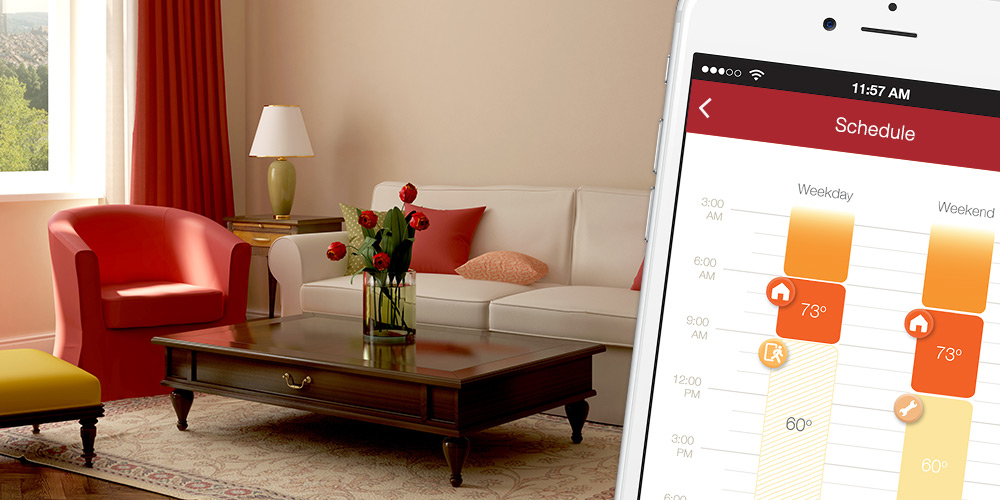It’s not uncommon for companies to shut down a service following an acquisition.
Internet of Things (IoT) startup Stringify was a home automation app that let users connect and control their smart home devices.
With Stringify, users set up advanced automated “Flows” of triggers and actions. A trigger is a rule that starts the automation process, while an action is what happens after the trigger. For example, you could set up two-step flows such as, “turn on my house lights at 8 p.m.,” or more advanced flows, like, “turn the lights on at night when motion is detected.”
Stringify was acquired in 2017, and less than two years later, was removed from all app stores, shutting down service and support for all existing users.
So, what does this mean for those who used Stringify for their smart home ecosystem?
Read on to discover some alternatives to overcome smart home automation concerns resulting from the Stringify service shutdown.
Use a New Smart Home Automation Service
Although inconvenient and problematic for existing users, the Stringify team offered these three alternatives in their shutdown notice:
- If This Then That (IFTTT) is a free web-based service that allows users to connect cloud services and Internet-enabled devices to make sequences of conditional statements, called applets. These applets are small programs that use triggers (If This) to execute actions (Then That). However, IFTTT has limitations. It only lets users set one action based on one outcome, whereas Stringify offered multiple automation Flows. Additionally, Google’s new API rules limit access to Gmail content for third-party apps, including IFTTT. The API now only allows users to send emails to themselves or others, removing the ability to initiate Gmail triggers and create drafts.
- WebCore is also a web-based rule engine that allows users to set up complex stacked conditional statements, but it requires users to have a hub in their homes.
- Yonomi is similar to Stringify, but does not currently allow users to link certain accounts (i.e. Twitter or Google Calendar).
While these recommendations help Stringify users migrate some of their smart home solutions to a new platform, there are still limitations. Acquisitions, changing service plans and abandoned integrations are all possibilities with DIY security devices. Consumers must be cautious when piecemealing solutions together because one vendor change could disrupt their entire system.
Partner With a Security Vendor That Has Its Own Infrastructure
If you’re not the most tech-savvy homeowner, or you want a solution that is more convenient, consider a security vendor that offers:
- A home automation app with its own infrastructure. This will protect you against uncontrollable vendor changes or service shutdowns.
- Solutions powered by a single, easy-to-use platform. This helps you conveniently control your smart home at all times from one interface.
- Consistent product testing. This ensures seamless integration and compatibility within the ever-evolving smart home ecosystem.
Fortunately, the Vector Security Home Automation app has its own infrastructure, which protects the homeowner from uncontrollable vendor changes. Our app uses award-winning technology and cloud services to power security and smart home solutions—all from a single platform.
Our products are consistently tested to ensure seamless integration and compatibility within the smart home ecosystem. This allows our Home Automation app to withstand evolving technology. This is why you can rely on us to curate, support and unify the best home automation products on the market for a great experience—every time.



